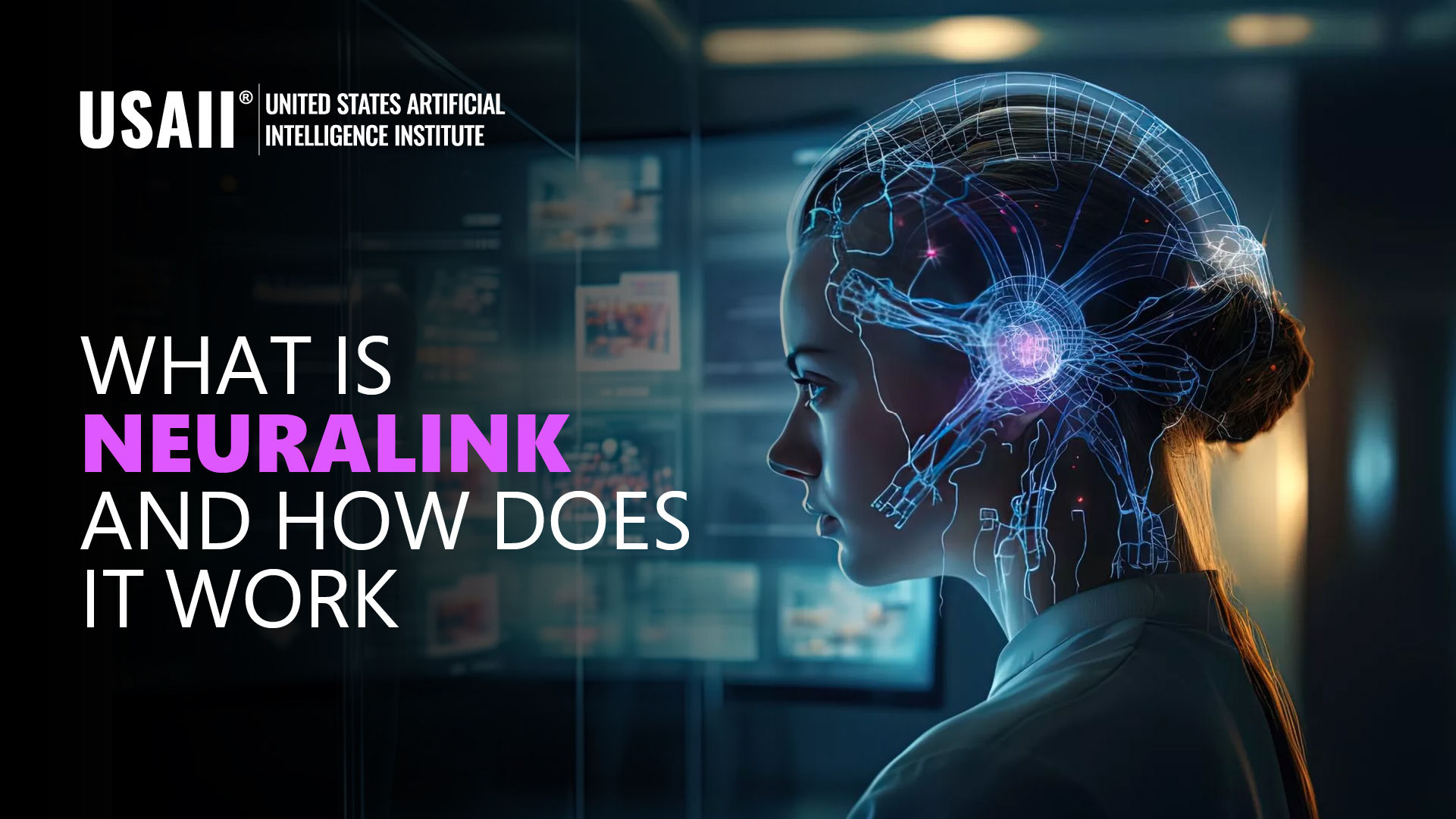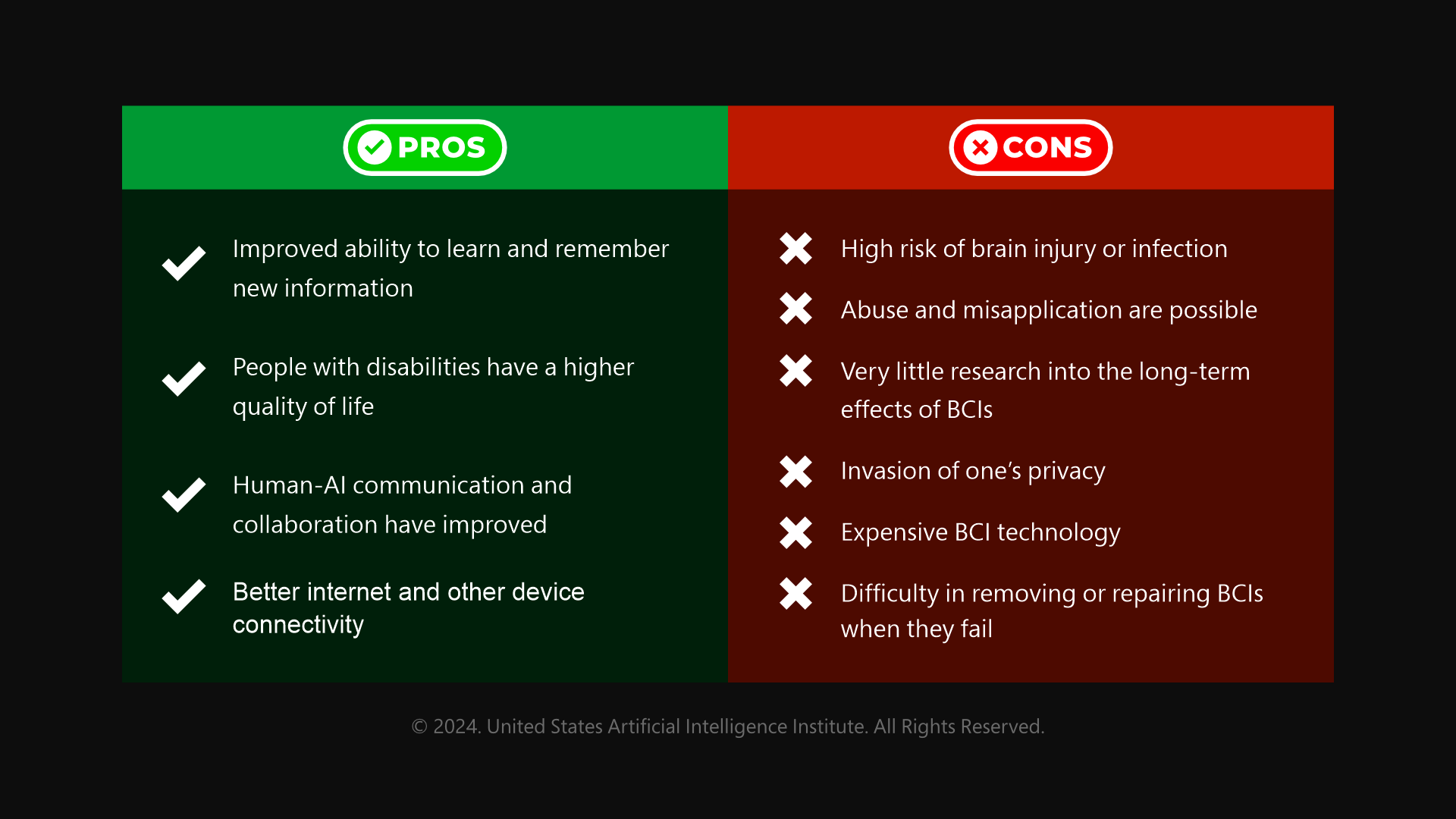

Tesla and Space X Founder Elon Musk recently announced that a second human has received a NeuraLink Cybernetic Implant, and is working very well. NeuraLink, the brain chip startup owned by Elon Musk, has garnered mass attention worldwide; with its out-of-the-blue innovations going great guns so far. The company prophecy aims at developing an app that would allow an individual to manipulate a keyboard and mouse using only their brain; via deploying curated machine learning algorithms and AI models. Isn’t that an outlandish dream to pursue and bring it to reality? Let us dig deep and know more about the hottest on the web on NeuraLink!
NeuraLink- What Does That Mean?
NeuraLink technology is a neurotechnology company, developing a brain-computer interface (BCI) called the ‘Link.’ The link is a coin-sized, surgically implantable device, designed to decode and stimulate brain activity. It utilizes flexible threads with 1024 electrodes woven into the cerebral cortex to record neuron activity. The link can transmit neural signals back to the brain using electrical stimulation; allowing users to control devices with their thoughts.
NeuraLink- Core Mechanics Explained:
Specialized AI scientists have yielded the ‘NeuraLink Chip’ that aims to restore individuals' control over limbs, prosthetics, or communication devices. By re-coding and decoding neural signals from individual neurons and then transmitting them back to the brain using electrical stimulations; the chip enables users to control devices solely through thoughts.
Targets Individual Neurons>> Provides Crucial Data>> Facilitate Sophisticated Thought-Decoding
NeuraLink- Preliminary Features Disclosed:
The teams of AI professionals at NeuraLink’s mission aim to create a generalized BCI that restores autonomy to people with unmet medical needs and unlocks human potential. The company’s technology could enable people with spinal cord injuries to move their limbs, and could potentially cure paralysis, blindness, mental illness, and neurological conditions such as Alzheimer’s and dementia. Let us look at the primary features that NeuraLink technology reflects upon:
Is NeuraLink Risky?

NeuraLink- Ethical Concerns:
Who can use NeuraLink?
As of May 2024; anyone in the United States who is at least 18 years old, a US citizen or permanent resident; and able to consent can apply to participate in Neuralink's clinical trials; if they have a significant physical impairment on the following grounds:
Is NeuraLink FDA Approved?
Yes, Elon Musk’s NeuraLink got FDA approval to implant a brain chip in a second patient as well (as of May 2024).
Elon Musk’s Future Plans on NeuraLink:
However, the goal of NeuraLink technology is to create brain-computer interfaces (BCIs) that will allow humans to communicate with each other telepathically over long distances without using any devices such as mobiles or computers. The novel technology has many benefits ranging from helping paraplegics regain mobility through robotic prosthetics to many others; the project is still in its infancy; and has attracted a lot of attention from investors and potential customers worldwide. With long-term effects still unknown; neurotech researchers position that safety and transparency in clinical trials remain vital considerations.
Follow us: